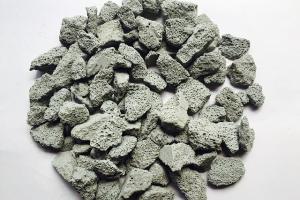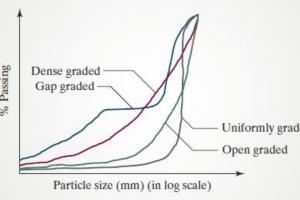To Determine the Softening Point of Bitumen

(AASHTO DESIGNATION: T-53)
(RING AND BALL APPARATUS)
APPARATUS:
- Ring
- Ball
- Beaker
- Ring hold and Assembly
- Thermometer
- Release Agent
- Distilled Water
PROCEDURE:
- Heat the bitumen sample with care and stirred to prevent local over heating until it becomes sufficiently fluid to pour.
- Heat the brass ring to approximate pouring temperature, and using one of the release agents.
- Pour the heated bitumen into ring and allow it to cool.
- When specimen has cooled cut away excess bitumen clearly with slightly heated knife so that the top is leveled.
- Take distilled water for softening point of different temperature.
- Assemble the apparatus.
- The ring should be 1 inch above the base of the beaker.
- Start heating the beaker from below.
- Record the temperature at the instant the ball surrounded by bitumen touches bottom of the beaker.
- The temperature thus recorded will be the softening point of the bitumen.
USES AND SIGNIFICANCE:
Bitumen is viscous elastic material without sharply defined melting points. They gradually become softer and less viscous as the temperature rises. This is the reason why the softening point of bitumen is determined. Softening point is not a melting point, bituminous material do not melt but instead gradually change from semi solids to liquids on application to heating. Softening point is indicative of the tendency of the material to flow at elevated temperature encountered in service.












